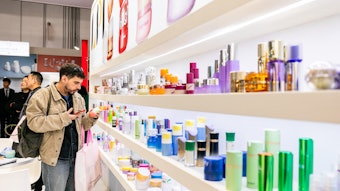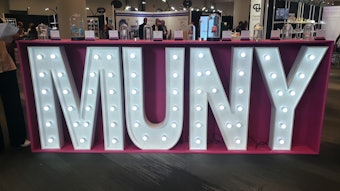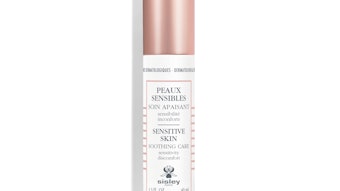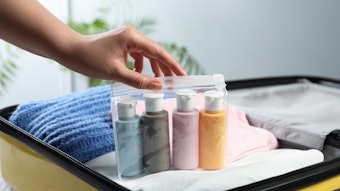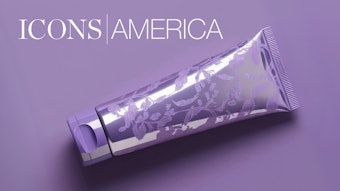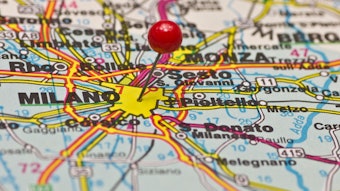
Brands must strategically leverage visual design elements and messaging to build trust, create intrigue and educate potential buyers about their product assortment.
Packaging is the most enduring contact point a customer has with a product and brand. Every customer will interact with your packaging. Therefore, it is essential that the packaging not only protects the product, but also conveys the brand’s essence and value. Your packaging must live comfortably in your customers’ homes and, ideally, it should be something they are proud to display, talk about or share with others.
In our previous article, “3 Keys to Increasing Conversions with First-Time Beauty Buyers,” we explored the three key incentives that inspire a customer to make their first purchase from a brand—trust, intrigue and education, which we have coined the TIE Incentives. A great formulation ensures that a consumer will reorder a product, but the right blend of these incentives in a brand’s marketing program ensures your target audience will feel inspired and confident enough to purchase a product for the first time. In this article, we will focus on how brands can incorporate the TIE Incentives into their packaging design to create a lasting impression with their target audience.
Memorable Visual Design Elements
Because space is often limited on beauty packaging, brands must strategically leverage visual design elements and messaging to build trust, create intrigue and educate potential buyers about their product assortment.
Colors, shapes, symbols, and words are the key tools that create visual impact and communicate the TIE Incentives to customers. In the beauty world, where packaging plays a significant role in creating an emotional connection with consumers, the importance of design is amplified.
The challenge is to make a big impact in a small space, and the right combination of design elements can achieve this. By carefully selecting the right visual assets to represent their brand, companies can create packaging that speaks volumes, grabs attention, and increases sales.
Color’s Multifunctionality
Color is a powerful tool for packaging design because it can convey a range of messages to consumers. One of the key benefits of color is its ability to create intrigue and draw in customers from across the room or in a crowded ecommerce landing page. It can help products stand out in a competitive market and capture market white space.
Color is also essential for providing product education, including conveying brand architecture and clear product regimens. This is incredibility helpful for consumers who love a product and want to know what to use next within the regimen, especially those who are self-selecting products at retail. Additionally, color can convey brand values such as efficacy, playfulness, and sophistication, which can build trust and intrigue with consumers.
The Messaging Benefits of Shape
The shape of a package also conveys important messaging to customers. It can be used to capture market white space and create intrigue. For instance, a unique shape can showcase a sustainability story or build a luxury brand positioning.
However, compared to using colors, custom molds can come at a higher cost. Brands can consider customizing an existing mold or using special finishes or production techniques to save costs. Graphic design can also be used to create visual shapes on stock bottles for the same effect.
Additionally, product forms and shapes can aid consumer education on how to use the product, such as a spray cap indicating a mist product and a jar indicating a thick, heavy cream product. The shape can convey brand values, which can build trust or intrigue with customers. A sleek shape with clean angles can be modern and luxurious, while a softer shape with flowing curves can convey organic or playful.
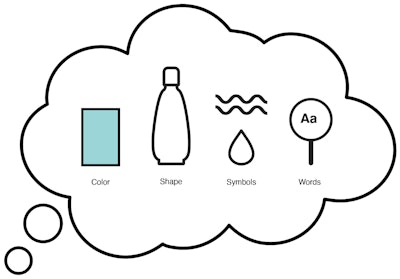 When my company conducts research for brands, we see again and again that consumers recall the colors, shapes, symbols, and words a brand uses. These attributes, in this order, draw consumers in from far away and compel them to click or pick up your product.Image courtesy of MSLK.
When my company conducts research for brands, we see again and again that consumers recall the colors, shapes, symbols, and words a brand uses. These attributes, in this order, draw consumers in from far away and compel them to click or pick up your product.Image courtesy of MSLK.
Symbols: Delivering Clarity & Connection
Symbols can be a powerful tool for conveying information on packaging. Third-party seals and certifications are increasingly popular, providing significant information in a small shape. These seals build trust and educate consumers on the presence or absence of certain ingredients or production methods. Symbols such as patents, awards, or technology diagrams can also convey brand values such as efficacy, innovation, or sophistication, building trust and intrigue.
Photography or other symbols can provide product education on key ingredients, benefits or brand architecture. QR codes can also be used to provide additional information to consumers. In an age where consumers are increasingly interested in the composition of their products, symbols can provide clarity and connection to like-minded communities.
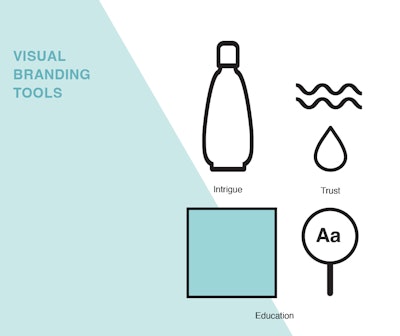 The importance of effective packaging cannot be overstated. It is crucial to consider every aspect of your packaging, from the colors to the shapes, symbols and words used.
The importance of effective packaging cannot be overstated. It is crucial to consider every aspect of your packaging, from the colors to the shapes, symbols and words used.
Choose Your Words Wisely
On packaging, words can be a powerful tool to deepen product education and convey important information that may not be apparent from the visuals alone. Words can be used to tell ingredient stories, explain how to use a product, and provide important product information.
While consumers often review words last—after picking up a product—the right words can be the deciding factor in a purchase. However, it is important to avoid using overly complicated verbiage or invented, branded, words that are difficult to pronounce.
Instead, focus on the words that your target audience might use if they were speaking to a friend. For optimal results, integrate the verbiage consumers use when they go searching online for a product like yours. This will also improve your product’s visibility in organic search. While words are best used for deeper storytelling in online and offline materials, they still play an important role in packaging design.
Packaging & the Big Picture
In conclusion, the importance of effective packaging cannot be overstated. It is crucial to consider every aspect of your packaging, from the colors to the shapes, symbols and words used. Your packaging needs to be able to capture consumer trust, create intrigue and enhance education. With these TIE Incentives in mind, it becomes easier to create packaging that inspires prospective customers to purchase from your company for the first time. However, it is also important to remember that packaging is just one part of a larger marketing strategy.
Coming Up
In our next articles we will cover the other media and marketing tools available to tell all the stories and stories-within-stories that simply won’t fit on your packaging. We will cover how these tools come into play on ecommerce and what pages on ecommerce are most important.
